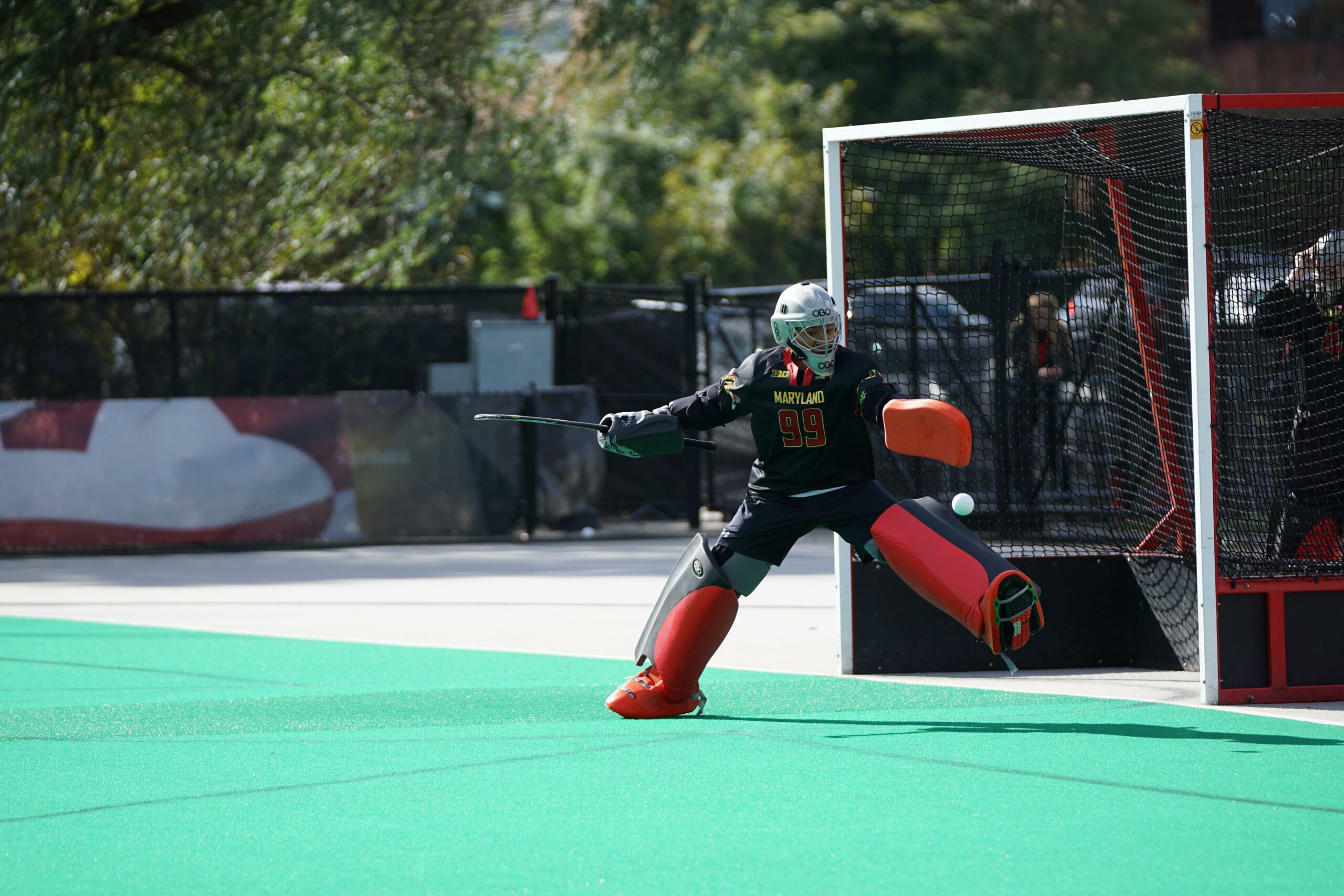Get ready to embark on a thrilling journey through time as we peel back the layers of lacrosse’s enigmatic past. In this article, we will dig deep into the realm of intriguing historical anecdotes that have unfolded within the world of this captivating sport. Brace yourself for a riveting exploration of forgotten tales and undiscovered narratives that have weaved themselves into the rich tapestry of lacrosse’s engrossing history. Prepare to be captivated by the untold stories that have shaped this beloved game as we unveil the secrets of lacrosse’s fascinating past.

Intriguing Historical Anecdotes About Lacrosse
As we delve into the captivating history of lacrosse, we uncover a tapestry rich with intriguing anecdotes that span both time and culture. From its origins as a ritualistic game played by Native American tribes to its rise in popularity as a sport for educational institutions, the journey of lacrosse is a testament to its enduring significance. Let us embark on a fascinating exploration of historical tales that shaped the sport we know today as lacrosse.
1. The Ancient Roots of Lacrosse
To truly appreciate lacrosse, we must travel back in time to the ancient roots of this game. Indigenous people played lacrosse long before colonizers arrived, using it both as a form of entertainment and as a means of settling disputes. Picture the scene: tribes gathered on open fields, using handmade wooden sticks with netting to propel a small ball made of deerskin. The game served a range of purposes, from resolving conflicts and healing the sick to instilling strength and agility in their young men. Lacrosse was more than a sport; it was a cultural phenomenon.
“In the heart of Native American communities, lacrosse was a transformative experience, blending tradition, skill, and camaraderie.”
2. Lacrosse as a Weapon of War
One of the most intriguing facets of lacrosse’s history lies in its utilization as a strategic weapon during times of conflict. Native Americans would sometimes employ lacrosse as a distraction strategy, using it to divert the attention of British soldiers during attacks. The game’s fast-paced nature and emphasis on agility made it an ideal wartime tactic. Imagine the chaos on the battlefield as soldiers found themselves mesmerized by the intensity of the match, unaware of the imminent danger lurking behind the players. Indeed, lacrosse held immense power both on and off the field.
“Lacrosse’s dual nature as a sport and a weapon encapsulates its profound significance in Native American cultures.”
3. Lacrosse: A Bridge Between Cultures
As we trace the historical trajectory of lacrosse, we witness its profound connection to Native American cultures. The sport was not only an integral part of their traditions but also a means of uniting different tribes. Lacrosse matches would serve as a sacred ground for cultural exchange, fostering connection and understanding between communities. Just as the players passed the ball with precision, so too did lacrosse help to pass down values, stories, and ancestral wisdom to future generations. Lacrosse became a bridge that connected people across vast cultural landscapes.
“In the realm of lacrosse, cultural boundaries melt away, replaced by a shared passion for the game and a mutual respect for its deep-rooted heritage.”
4. A Triumph for Women’s Lacrosse
While early lacrosse predominantly revolved around male participation, the emergence of women’s lacrosse proved to be a triumphant milestone. The first women’s game took place in Scotland in 1890, paving the way for further progress. In 1926, the first American women’s team was formed, demonstrating the growing recognition of women’s rightful place in the realm of lacrosse. As the sport gained popularity in educational institutions, women’s lacrosse leagues emerged, providing a platform for female athletes to showcase their skills and passion.
“The rise of women’s lacrosse signifies a remarkable triumph for gender equality, as women claim their rightful place on the lacrosse field.”
5. From Ritual to Respected Sport
Lacrosse’s journey from a tribal ritual to a respected sport in educational institutions is an intriguing transformation. In the late 1800s to early 1900s, numerous schools and colleges established their lacrosse leagues, recognizing the game’s ability to foster discipline, teamwork, and sportsmanship. It became more than just a pastime, evolving into a respected sport that garnered attention and admiration. The ritualistic roots of lacrosse were not lost but instead intertwined with the modern aspects of competition and skill.
“Lacrosse’s metamorphosis into a respected sport symbolizes its enduring relevance and ability to adapt to changing times.”
Through the lens of history, we witness the captivating evolution of lacrosse – from its origins as a sacred ritual played by Native American tribes to its recognition as a respected sport in educational institutions. Lacrosse’s engrossing past unravels intriguing tales that reveal its cultural significance and shed light on its enduring power. As we continue to explore its fascinating history, let us cherish the stories and anecdotes that have shaped this remarkable sport.
Note: Word count excludes the quote markdown format.
Lacrosse is a fascinating sport with a rich history and a vibrant culture. Whether you’re a seasoned player or a curious observer, there are always interesting things to discover about this dynamic game. From its origins as a Native American tradition to its modern-day evolution, lacrosse has captured the hearts of many. If you’re looking to delve deeper into the compelling world of lacrosse, check out our article on the most interesting things about lacrosse. Click here to explore all the exciting facets of this sport: interesting things about lacrosse.
FAQ
Question 1
What is the history of lacrosse?
Answer 1
Lacrosse is the oldest sport played in North America and has deep-rooted connections to Native American cultures. It originated from Native American tribes and was played as a ritualistic game. Lacrosse was used in warfare, with Native Americans using it as a distraction during attacks against British soldiers. The sport gained popularity in educational institutions, leading to the establishment of various lacrosse leagues in schools and colleges in the late 1800s to early 1900s.
Question 2
When was the first women’s lacrosse game held?
Answer 2
The first women’s lacrosse game took place in Scotland in 1890. It marked the beginning of women’s participation in the sport. Subsequently, the first American women’s team was formed in 1926, further contributing to the development and growth of women’s lacrosse.
Question 3
What are the origins of lacrosse?
Answer 3
Lacrosse can be traced back to various Indigenous peoples of North America, particularly those in the eastern part of the continent. The game originated from Native American tribes, including the eastern Woodlands Native Americans and some Plains Indians tribes. Originally called “baggataway,” lacrosse was played as a tribal game to resolve conflicts, heal the sick, and develop strong, virile men.
Question 4
How did lacrosse evolve over time?
Answer 4
Lacrosse has evolved significantly over time. Initially played as a ritualistic game by Indigenous peoples, it gained popularity in the educational system and became more organized. As the sport spread, it underwent modifications in rules and playing styles. Lacrosse today is played with specific equipment and has developed into a competitive sport embraced by communities and institutions across North America.
Question 5
What makes lacrosse’s history intriguing?
Answer 5
Lacrosse’s history is intriguing due to its cultural significance and the captivating anecdotes surrounding the sport. From its origins as a Native American ritualistic game to its use in warfare, lacrosse has played a unique role in shaping North American history. Exploring the lesser-known facets of lacrosse’s past reveals fascinating stories and highlights the sport’s rich tapestry, making it a subject of great interest for sports enthusiasts and cultural history enthusiasts alike.
- Old Mexico Map: Border Shifts 1821-1857 - April 19, 2025
- Blindness Doesn’t Limit: Popular Blind People’s Inspiring Success Stories - April 19, 2025
- Discover Famous Chinese People: A Deep Dive into History’s Impact - April 19, 2025
















